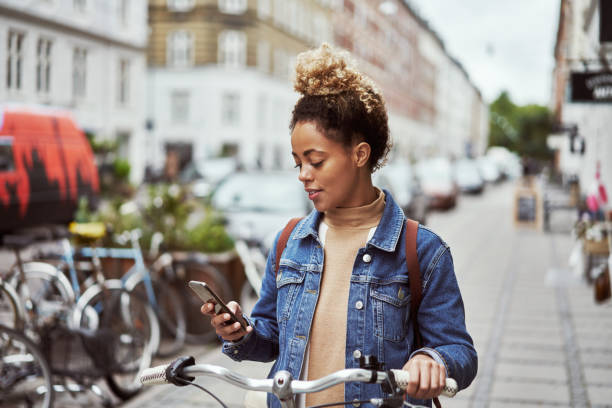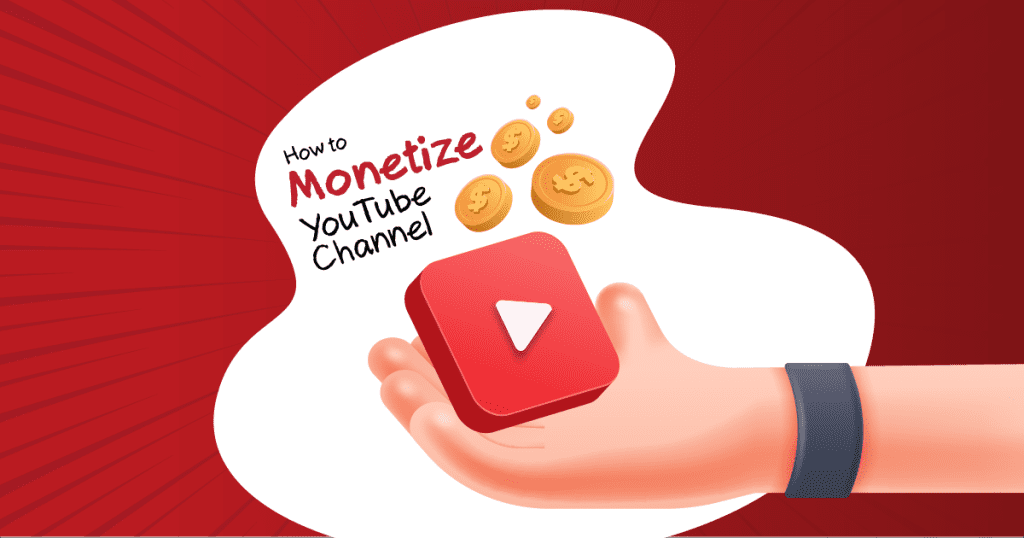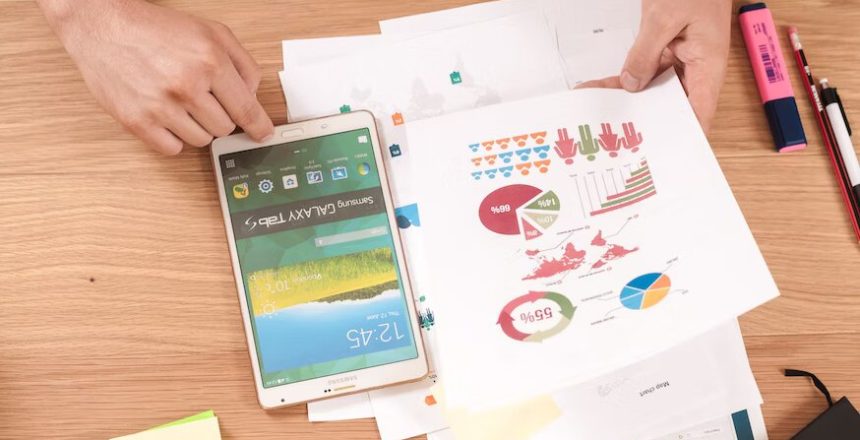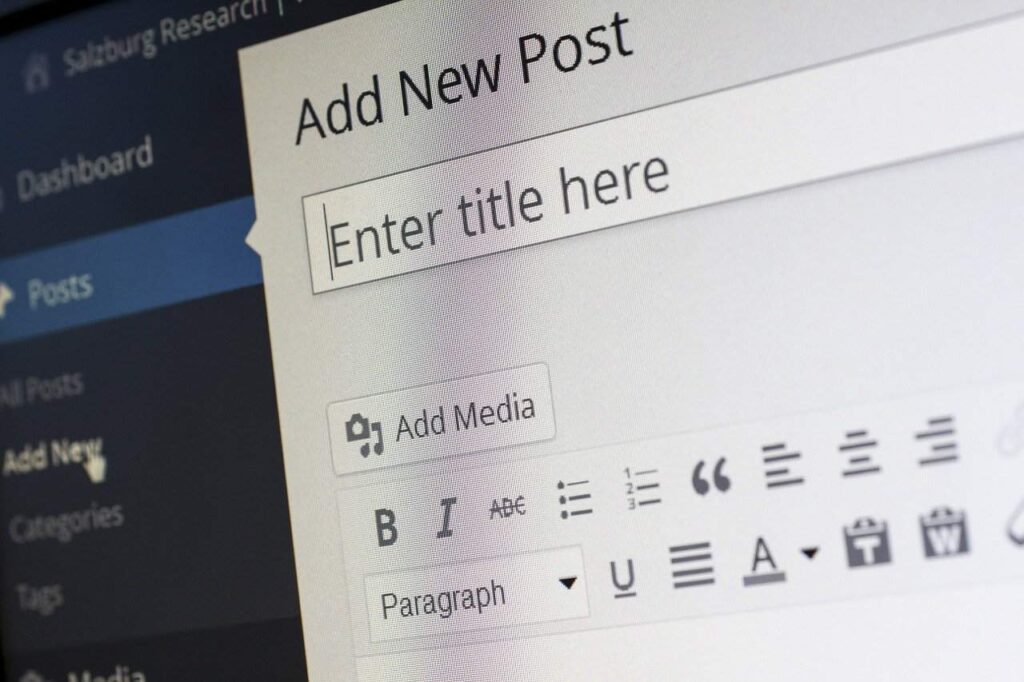If you’re a mobile app developer, you probably dream of creating the next big thing that goes viral. A viral app can attract millions of users in a matter of days, and can quickly become a cultural phenomenon. But how do you make your app go viral?
First of all, It’s important to understand that making your app go viral is not a one-time event, but an ongoing process. You need to constantly monitor and adjust your app marketing strategy based on user feedback, market trends, and competition.
This requires a deep understanding of your users and the ability to adapt quickly to changes in the market. It might sound hard, but it’s not. And, in this article, we will give you the ultimate guide to make your app go viral. Follow us through the reading!
Understand How Does the Cycle Work

Before we dive into the best practices to make your app go viral, it’s crucial to understand how the viral cycle works.
A viral cycle is the process that occurs when a user discovers your app and shares it with others, who in turn share it with even more people. Here are the stages in a typical viral cycle:
The first stage of app development is user acquisition, where new users discover your app through various marketing channels, such as social media advertising, influencer marketing, or app store optimization. This process normally involves the following steps:
- Discovery: A user discovers your app through an advertisement, social media, or a recommendation from a friend.
- First impression: The user downloads and installs your app.
- Wow moment: The user experiences a moment of delight or surprise while using your app.
Once you’ve acquired new users, the next stage is user activation. This involves providing a great onboarding experience. In other words, guiding users through the key features of your app to get them to engage with it. While teaching them how to use the app.
The third stage is retention, where the goal is to retain users and get them to use your app on a regular basis. This can be achieved through various engagement strategies, such as push notifications, personalized content, or gamification.
Then, we have the referral stage, which goal is to encourage engaged users to refer their friends and family to your app. A process that can be done through various strategies, such as offering incentives or creating a social sharing feature within your app.
And, finally we have the revenue stage, where the goal is to monetize your app through various revenue streams, such as in-app purchases, subscriptions, or advertising.
By implementing strategies that focus on each stage, you can create a self-sustaining loop that helps your app go viral. Just, remember that stages are interconnected, and their success depends directly on each other.
Constantly monitoring and optimizing each stage can help you increase your app’s reach, engagement, and revenue. If you want to know more about it, let’s dive into the best practices to make your app go viral!
Best Practices to increase your audience reach
In order to make your app go viral, you need to have a solid strategy for increasing your audience reach. This involves implementing practices that will help you acquire new users, retain the existing ones, and encourage them to share your app with others.
In this section, we’ll explore some of the best practices for increasing your audience reach. By implementing them, you can increase your app’s audience reach and engagement, and create a self-sustaining loop that helps your app go viral.

Social Media Sharing
One of the most effective ways to increase your audience reach is through social media sharing. Social media platforms like Facebook, Twitter, and Instagram are great for sharing content and reaching a wider audience.
To encourage users to share your app on social media, you can offer incentives like discounts, exclusive content, or even a chance to win a prize. Also, it’s important to consider social sharing buttons within your app, so that users can easily share it with their friends and followers.
You can also create social media campaigns and hashtags to encourage users to share your app with their social networks. This usually combines with influencer marketing. Which involves partnering with social media influencers to promote your app to their followers, which can help increase your app’s visibility and reach.
Ask and reward For Reviews
Reviews are an important part of the app discovery process, and they can significantly impact your app’s ranking in the app stores. Encourage your users to leave reviews by asking them directly within the app or through email. You can also offer incentives like in-app currency, exclusive content, or early access to new features for leaving a review.
Strategies like leverage user-generated content can also help you on social media. This requires you to motivate users to create and share content related to your app, such as testimonials, unboxings or videos.
That last can help build social proof and credibility for your app, but also exposes you to plenty of comments. But it’s important to respond to both positive and negative reviews, as it shows that you value your users’ feedback and are committed to improving your app.
Contextual Deep Linking
Contextual deep linking is another effective way to increase your app’s audience reach. It involves linking users directly to specific content or features within your app, rather than just linking to your app’s homepage.
This can help improve user engagement and retention, as users are more likely to stay engaged if they are taken directly to the content or features they are interested in.
To implement contextual deep linking, you need to use a deep linking service that can handle complex link structures and routing. You can also use app indexing, which allows your app to appear in Google search results and helps users find and download your app more easily.
Just make sure to use relevant keywords in your deep links, and include them in your social media posts and emails to encourage users to click through and discover more content within your app!
Great Onboarding
Onboarding is the process of introducing new users to your app and guiding them through its key features and functionality. A great onboarding experience can help users understand the value of your app and reduce the probability of them uninstalling your app.
To create a great onboarding experience, you need to focus on simplicity and clarity. Keep your process short and to the point, and highlight the most important features of your app.
Make sure to include tutorials, tips, animations, videos and interactive elements to help users learn how to use your app. Also, consider using gamification techniques like progress bars or badges to motivate users to complete the onboarding process.
Learn and Create a Wow Moment
A wow moment is a moment of delight or surprise that users experience while using your app. This could be a unique feature, a funny animation, or a personalized experience.
It’s important to identify the wow moments in your app and make them stand out, as they can be a powerful motivator for users to share your app with their friends.
To create a wow moment, you need to understand your users’ needs and preferences. Use analytics and user feedback to identify areas where you can improve and add value to your app. You can also experiment with new features and designs to see what resonates with your users.
Referrals
Referrals are a powerful way to increase your app’s reach and acquire new users. Encourage your users to refer their friends and family to your app by offering incentives like discounts, in-app currency, or exclusive content.
Creating a referral program that rewards users for referring new users to your app is a great idea! Just remember to make the referral process easy and intuitive, and provide clear instructions on how to refer friends and family to your app.
Gamification
Gamification is another effective strategy for increasing your app’s audience reach. It’s the process of adding game-like elements to non-game contexts, like mobile apps. By adding elements like badges, leaderboards, and progress bars, you can create a sense of competition and engagement among your users.
To implement gamification, you need to identify the key actions or behaviors that you want to encourage in your app, and then create rewards or incentives that motivate users to perform those actions. You can also use social sharing or referrals to encourage users to compete with their friends and family.
This strategy can help motivate users to complete certain tasks or use certain features within your app. For example, you can reward users with badges or in-app currency for completing a certain number of tasks or using a certain feature for a certain amount of time.
Push Notifications
Push notifications are a powerful tool for engaging with your users and keeping them informed about new features, updates, or promotions. But, be careful not to make it too often as it can be intrusive and annoying.
Use push notifications sparingly and only send relevant and timely messages to your users. And consider personalizing your push notifications by using user data like location, behavior, or preferences. This can help make your notifications more relevant and useful to your users.
Build a Remarkable Product
Finally, the key to making your app go viral is to build a remarkable product. Your app should be unique, valuable, and memorable, with features and designs that stand out from the competition.
Make sure to regularly update and improve your app based on user feedback and analytics. This will help keep your users engaged and interested in your app, and can also help attract new users through positive reviews and word-of-mouth.
Conclusions
Making your app go viral is not an easy task, but it’s not impossible either. By understanding the viral cycle and implementing best practices listed in this article you can increase your app’s reach and acquire new users.
This is not a one-day process, but rather an ongoing challenge for your app. So, remember to always prioritize user experience and feedback, and to regularly update and improve your app to stay ahead of the competition.
Keep in mind that you must experiment on different strategies to achieve your goal. With the right strategy and execution, your app could be the next big thing that goes viral!









